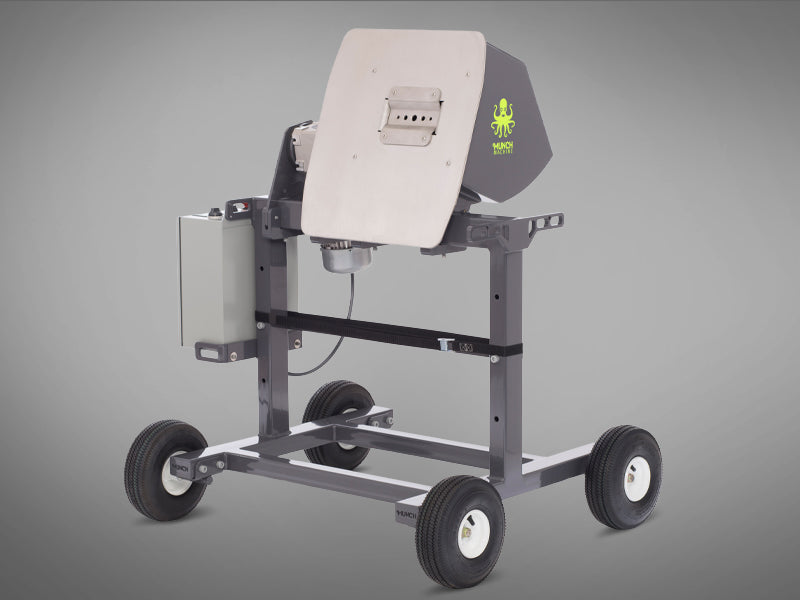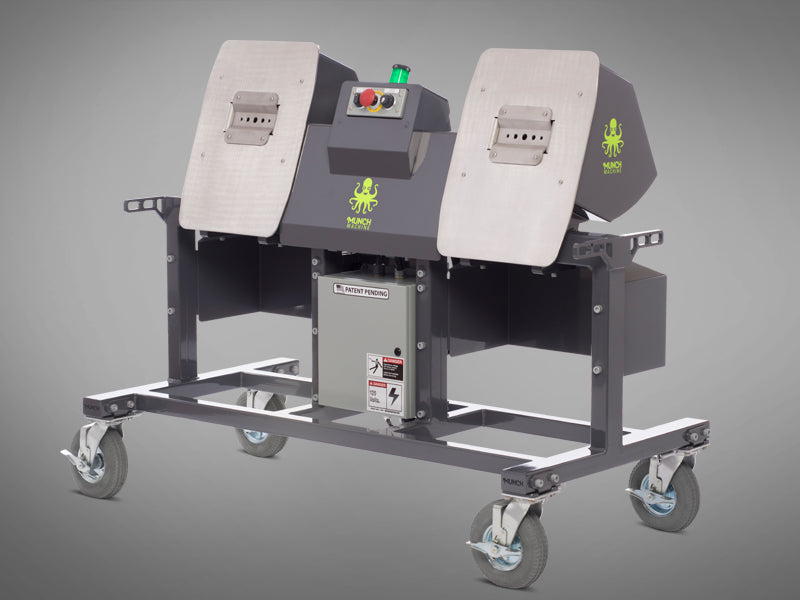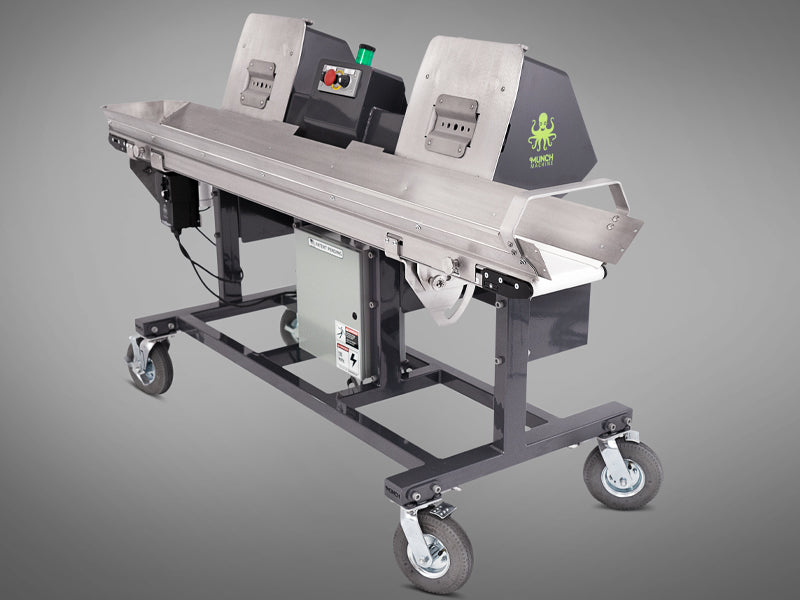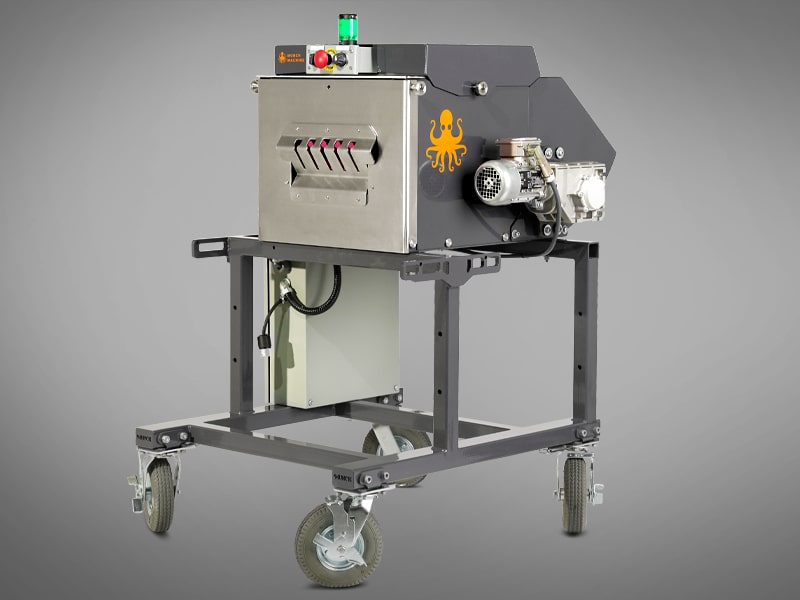Good Manufacturing Practices
This post focuses on an often-used but little understood term, Good Manufacturing Practices, or GMP for short. We will cover what GMP is, why it is important, and give you some pointers to help you get in compliance.
What Is GMP?
Simply put, GMP is a set of rules and best practices that regulators use to ensure a drug or food is produced in a consistent manner and is safe for human consumption.
We will review the main points that most regulators require for compliance in our industry. However, GMP requirements vary by state, region, and country, so be sure to check with your local license administrator for details on specific requirements for your area.
Why GMP Is Essential
As more states go legal and we look forward to national legalization, lawmakers will add more consumer protections and GMP will become standard across our industry.
While regulations in the US vary from state to state, most other areas of the world require the adoption of Good Manufacturing Practices in order to manufacture, import/export, and sell food or drug products. We believe this trend toward GMP compliance will continue and eventually settle into a set of worldwide standards, similar to other food and drug markets.
If you are not yet required to use GMP at your facility, you can bet on it coming, so why not get your processes and equipment dialed and be one step ahead of the regulators?
How to Meet Basic GMP Requirements
Although GMP requirements vary in different countries, and in the US regulations differ from state to sate, in general, the areas you should pay the most attention to are:
-
Process & Personnel
- Producers must develop a written program providing detailed instructions and adequate training to all personnel involved in the processing of a food or drug product.
- Training processes must be ongoing and documented for each employee who works within a GMP-compliant scenario.
- Some roles/positions (such as the quality control manager) may require specific training, certificates, or other evidence of formal qualifications.
- Ensure there is adequate personnel to perform the work, and that each employee has the authority, skills, and tools needed to do their job.
Summary: Develop training materials for all your processes (from seed to harvesting and all the way through packaging). Besides helping to stay in GMP compliance, a good training program will increase the efficiency and productivity of your workforce. Also: document everything.
-
Clean-up and Sanitation
- Anyone working on cultivation, harvesting, processing, or packaging must be adequately trained and have a written sanitation protocol on premises which is available for easy reference.
- Sanitation protocol must include: documented cleaning intervals; approved cleaning chemicals/tools; and a disposal procedure for all waste and cleaning materials.
- The cleaning process cannot allow for microbial contamination.
- Residue from the cleaning process must also be removed from all equipment.
Summary: Your clean-up process is critical to a GMP-compliant workflow. Do it thoroughly and on a schedule to ensure you stay in compliance. Also: document everything.
-
Equipment & Tools
- Equipment must be designed to permit easy and effective cleaning of all surfaces that a food or drug product touches. Additionally, any surface the product touches must be food grade.
- Avoid contamination by any substance other than the food/drug being processed. Finishes must remain intact (no rust), and lubricants, etc. must not contaminate the product.
- All equipment must be thoroughly cleaned before switching to a different strain. Each strain is considered a different drug, and cross-strain contamination is unacceptable.
- Equipment must have a written preventative maintenance schedule, with all maintenance records kept up to date.
- The use of temporary or non-permanent repairs (such as tape, glue, etc.) should be avoided.
Summary: Your equipment and tools can help or hinder your GMP compliance. Invest in quality machinery built with materials that last. Also: document everything. (Seeing a pattern here?)
For more info on how to choose quality equipment, check out this blog post.
NOTE: Above, we list examples of GMP that may or may not be required for your area. Check with your local regulators for more details on specific requirements for your state/region/country (see below for a list of helpful links and resources).
GMP - More than Quality Assurance
The obvious benefits to GMP are increased product quality, safety and consistency. However it is worth noting one other major ancillary benefit: Following GMP is great marketing for your business! GMP certification shows consumers, regulators and potential investors:
- Your company values consistency by inspecting and documenting all aspects of production.
- Products coming out of your operation are uncontaminated and safe for human consumption.
- Your operation is proactive about adopting current best-practice & regulations, not trying to catch up.
If you sell direct to consumers, a GMP certified operation can stand out by adding a “GMP seal” logo to their packaging &/or marketing materials. This can differentiate your company from the rest and could be the deciding factor for a consumer to buy your product over a competitor's.
How Munch Machine Can Help You Meet GMP
As an equipment manufacturer, Munch Machine is mainly concerned with meeting the “Equipment & Tools” aspects of GMP. As such, all of the equipment we offer has been painstakingly engineered to meet GMP and is built with the highest quality material and components right here in the USA.
If you want your harvesting equipment to be in compliance with GMP regs, here are features to look for:
- All surfaces that your product touches are made from FDA-approved “food-grade” materials.
- Our bucking machines feature GMP-compliant faceplates, die-plates, and rubber rollers.
- Our integrated conveyors use FDA food-grade belt material and shielding.
- Equipment should be built with finishes and lubricants that meet GMP.
- The powder coatings, assembly lubricants, and bearing grease on all Munch Machine products meet or exceed FDA food-grade standards.
- Machinery needs to be easy to clean. Internals should be easily accessible.
- Our bucking machine internals are easily accessible and feature tool less removal of the hood for fast and easy cleaning.
- Our integrated conveyors have belt edge shielding to reduce the need for frequent cleaning, and also feature a unique “slide & tilt” design that makes them very easy to clean.
Summary and Further Resources
If you aren't currently using GMP at your grow operation, you should seriously consider adopting the practices and protocols. Not only will it help ensure a consistent, high-quality product, but it will also help to “future proof” your operation and stay ahead of regulators.
We hope this information helps you understand and adopt GMP. If you have further questions, please reach out to us! Our sales crew visits thousands of grow operations and has a wealth of experience helping folks dial in their harvest process. Here’s a link to find out who to connect with in your area.
Links to more info on GMP:
Best of luck! ~ The Munch Machine crew





